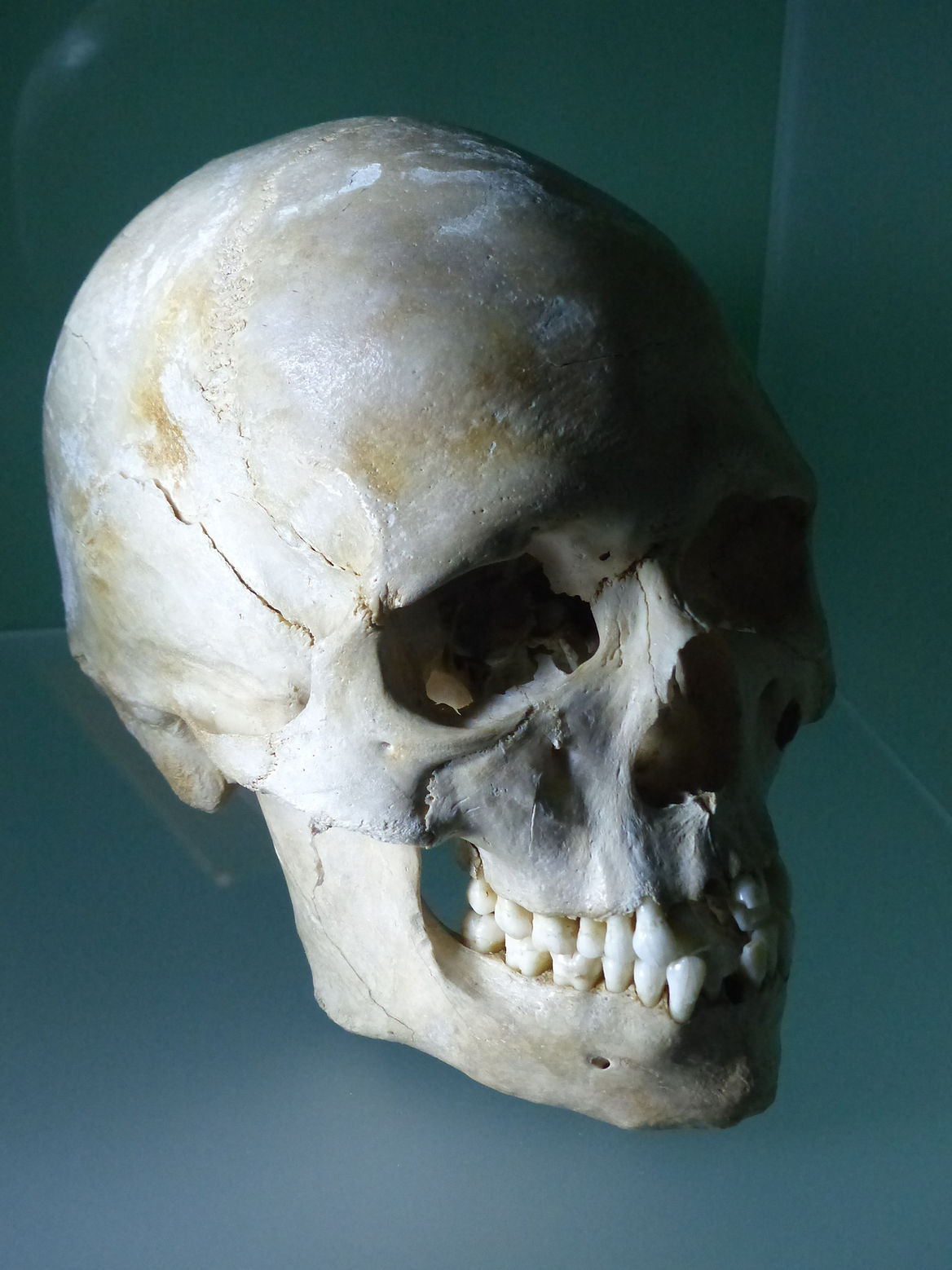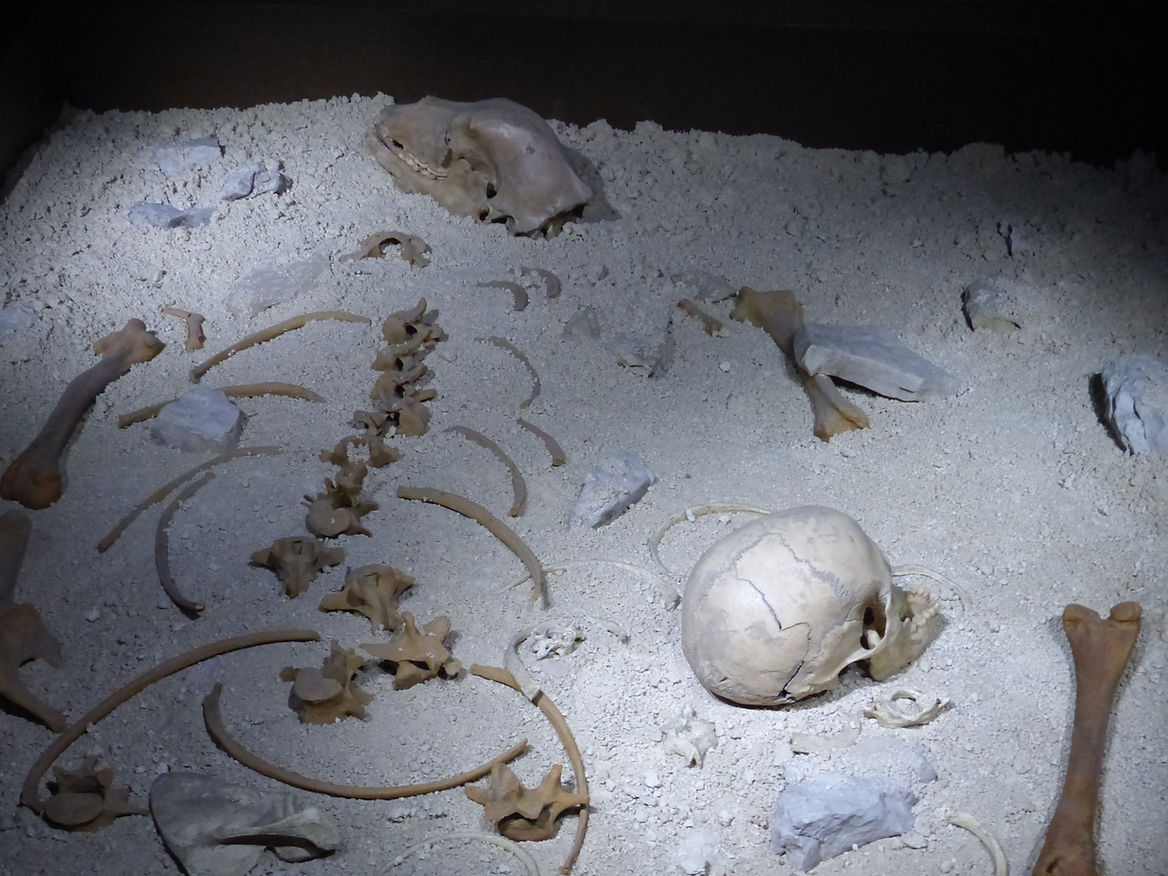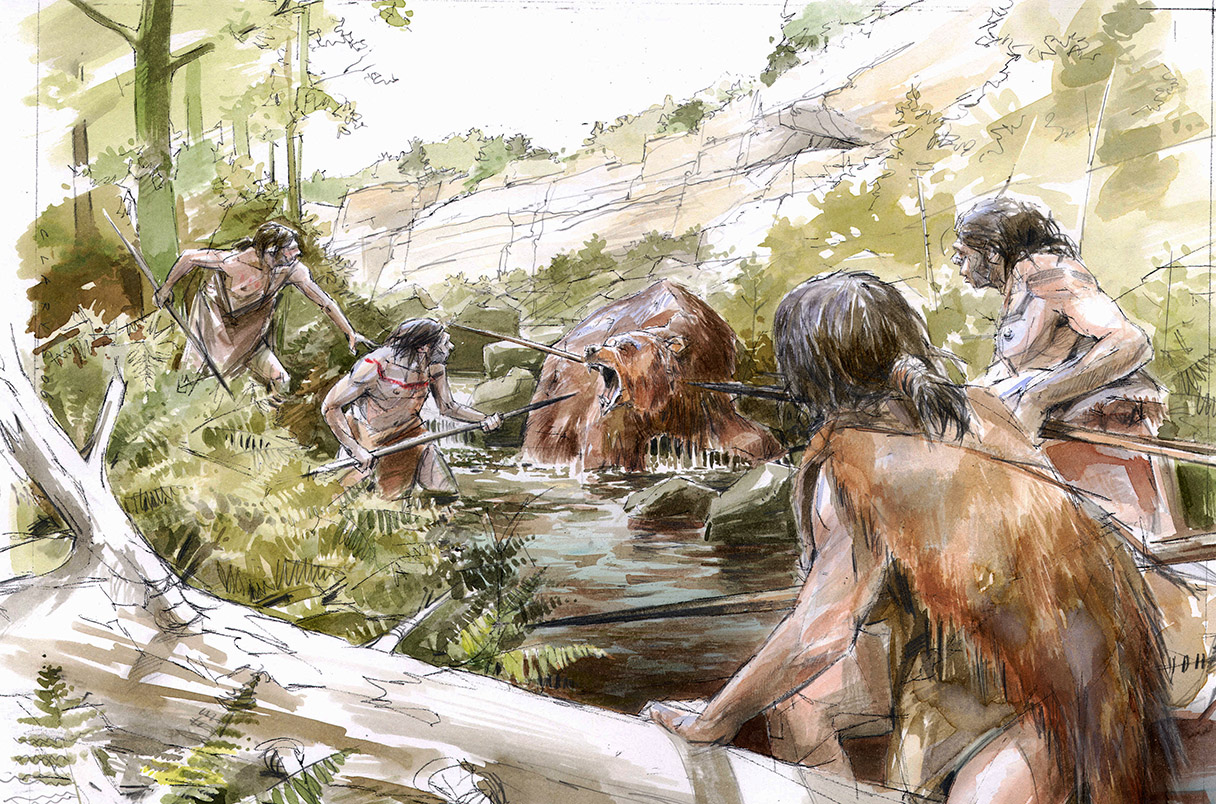Approximately 13,500 years ago, a hunter embarked on a perilous mission to take down a large brown bear at the entrance of a cave in what is now Switzerland. After successfully wounding the bear, it dashed into the cave, prompting the hunter to pursue it. In a desperate attempt to drive the bear out, he built a fire. However, the injured animal retaliated fiercely, leading to the hunter’s untimely demise before it ultimately succumbed to its injuries.
The Discovery at Grotte du Bichon
This tragic event is believed to have unfolded in the Grotte du Bichon. Excavations in the cave have revealed the remains of a young man, estimated to be between 20 and 23 years old, intertwined with the bones of a Eurasian brown bear. The bear’s third vertebra exhibited clear signs of impact, with flint chips embedded within it. The lack of healing on the wound strongly suggests that this injury likely led to the bear’s death. Additionally, archaeologists unearthed nine flint tools and charcoal, indicative of human activity and possibly signaling a communal effort in hunting or processing the bear.

Human-Bear Interactions: A Complex Relationship
Throughout history, the interactions between bears and humans have been multifaceted, characterized by both competition and cooperation. Such encounters continue today, as both species are known to prey on each other under certain circumstances. For early humans, bears were often perceived as formidable threats and competitors for vital resources, including food and shelter.

Archaeological evidence supports the idea that Paleolithic populations regularly targeted various bear species, with successful hunts providing essential sustenance. However, the incident at Grotte du Bichon serves as a poignant reminder that not all hunting expeditions ended successfully. The interplay of survival instincts, environmental challenges, and the unpredictability of wildlife behavior meant that hunters faced significant risks.
Cultural Significance of Bear Hunts
In many ancient cultures, bears held substantial symbolic meaning, often revered as powerful figures in folklore and mythology. The relationship between early humans and bears extended beyond mere survival; it reflected a deeper understanding of the natural world and its intricate balance. The successful hunt of a bear was not only a demonstration of skill but also a rite of passage in many hunter-gatherer societies.

Hunting bears often involved spiritual beliefs, where the act of taking down such a majestic creature was seen as a communion with nature and a test of one’s bravery and skill. Artifacts and cave paintings from the period frequently depict bear hunts, illustrating their importance in the cultural narratives of early human societies.
Conclusion
In conclusion, the incident at Grotte du Bichon sheds light on the perils of ancient hunting practices and the often precarious relationship between humans and wildlife. As researchers continue to study these archaeological finds, they uncover layers of meaning that enrich our understanding of early human life and the challenges they faced in a wild and unpredictable environment. This tragic story not only reflects the dangers of hunting in the Stone Age but also emphasizes the intricate bond between humans and the natural world—a relationship that has evolved yet remains significant to this day.

